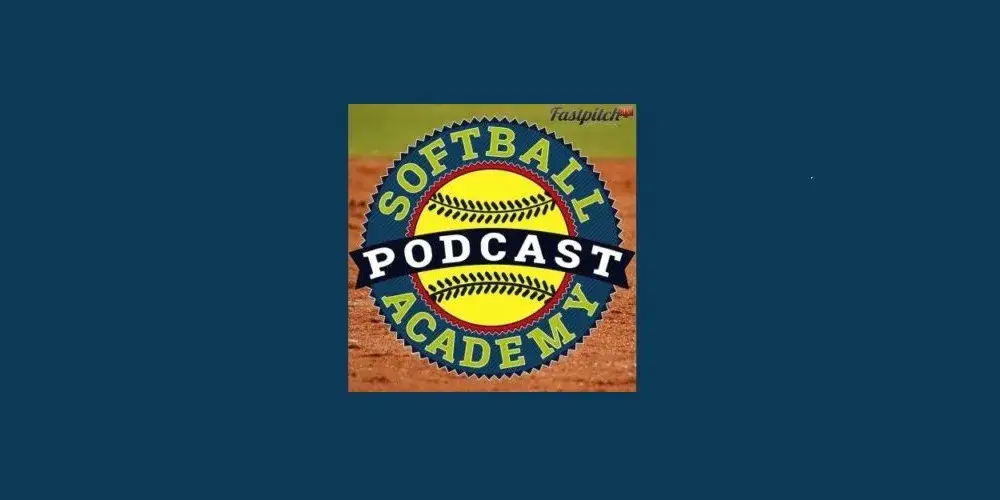
Preventing Fielding Errors
Today we are going to talk about fielding and the different things that can impact an athlete’s ability to field the ball cleanly and make a good throw if needed. I say if needed because sometimes it’s a better idea just to hold onto the ball rather than make a play. It seems like an easy task when we as coaches are watching from the dugout. But is it really?
Fielding is more than just catching a fly ball or getting a ground ball off the bat. If you’re the fielder, there are a number of things that occur before the ball is fielded. First, you have to know where the runners are, how many are out and how important is that batter as a potential run when you consider the score. You then have to see the ball off the bat, see the ball into your glove, transition it into throwing, look to your target which sometimes you have to find first if you are less experienced, then throw the ball accurately to make the correct play. When you think about it, that’s a lot of steps to take. And if even one if them is out of order or not done, there is a 70% chance that you will not make the play and the runner will get on base and potentially a run will score.
The most common thing that happens is that the fielder does more like the following. Watches the ball off the bat, checks the runner and then misses the ball under the glove. Seeing the ball into the glove is the part that gets missed and the error is made. So if you can think of the steps that happen and follow them in order you will have more success and less chance of your confidence diminishing.
As a coach, we need to remember the pressure that the player is under. Depending on the experience level of the fielder, the amount of stress and anxiety experienced when fielding the ball will vary. A new player who is not as confident, might be more likely to be thinking of making the right play before the ball is in the glove. A more experienced player often will have more confidence in her ability to make the play after fielding the ball so will feel less stress and pressure.
By using throwing drills to show your players how much time they actually have to throw, you can help to minimize the amount of anxiety they might feel when fielding. There are times though, when it’s a very important game such as a championship game and it’s at a critical point where the result of the play might determine if the team wins or loses the game. This is where if trained, the mental training skills can take over for the mind that is frantically wanting to make the right play and lessen the chance of making an error.
Something else to consider with fielding, is that even though this is a team sport, it’s an individual skill. Everyone on the field and in the stands is looking directly at the player fielding the ball and nothing else until the play is made. Whether it’s a good or bad play, the fielder is being evaluated every single time. So if you are a coach watching your team on the field, consider the external and internal factors that are having an impact on their success of the play. When you see a player lift her head which lifts her glove which allows the ball to go through the wickets as we say, you know what happened and maybe even why it happened. It’s easy for us to say get your glove down but to go through all of the steps with your players will help them to break it down. Again, the steps are, see the ball off the bat, see the ball into your glove, transition into throwing, look to the target during the transition, then throw the ball accurately to make the correct play.
By spending time with that order of fielding for grounders and fly balls and stressing the order while giving players some mental training skills such as concentration, cue words and focus, you are going to have less errors and more success on the field.

